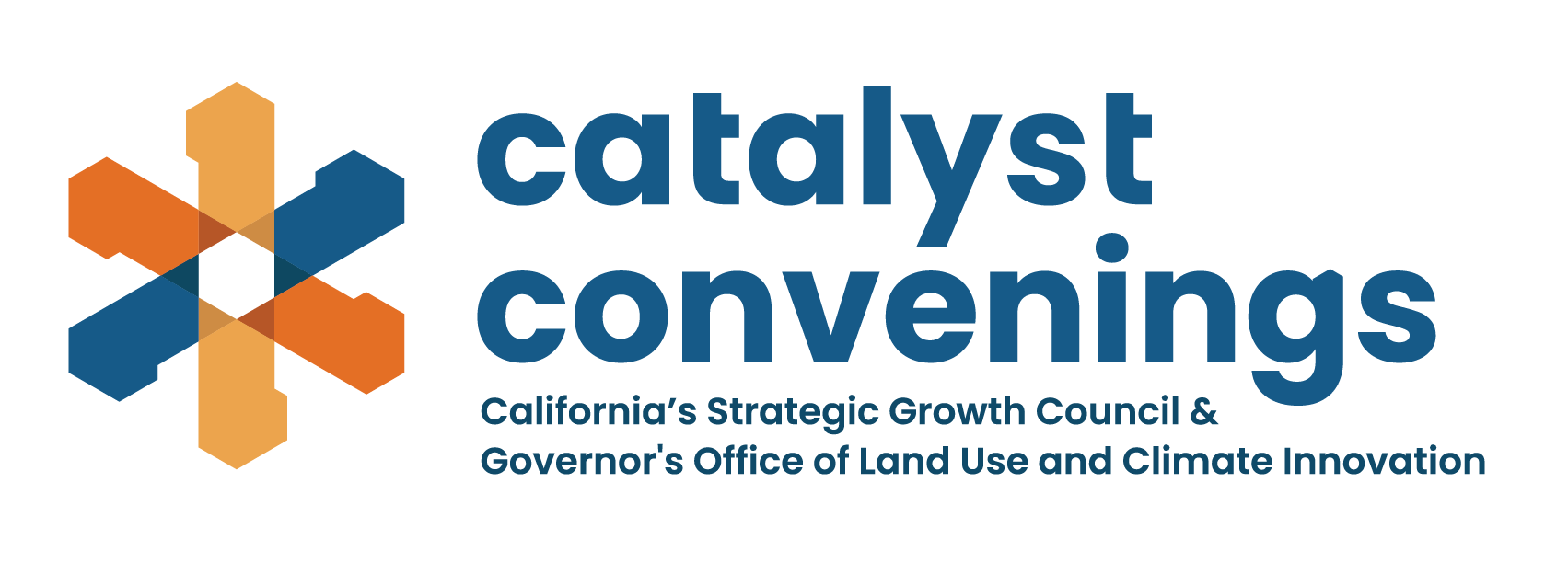Past Events
Catalyst Convening Summary
San Diego Region
Convening Takeaways
Characterizing the Region Opening Panel
- Want residents to be able to point to a project in their community and be able to say, “I was a part of making that happen.” Shared ownership, community ownership, and worker ownership all lead to more community pride and widespread benefits.
- Participatory budgeting is a way to move from idea to implementation. Align on vision and the how: explicitly figure out how we share power, money, and resources.
- Bring people who are impacted into the decisions regarding housing, transportation, education. De-silo these issues and recognize at the intersections, help people understand intersections and cumulative impact of the challenges in Long Beach.
Energy Resilience and Affordability Breakout Room Discussion
- Grant programs should have more flexible applicant criteria to allow for more community choice aggregators and other community advocates to receive and distribute funding.
- There is an interest in incentivizing solar projects for community businesses and homeowners.
A toolkit for navigating solar installation contractors that are legitimate and trusted would be useful, to help repair mindsets towards solar, since many people are negatively impacted by bad actors in the solar industry.
Fire Recovery & Rebuilding Breakout Room Discussion
-
For defensible space, it is recommended to create buffers of 5-15 ft or even 30 ft (a mile in Wild-Urban-Interface) around buildings with native and climate-appropriate plants in abundance, to cover about 80% of your landscape at maturity. Build in rain gardens or shallow depressions (large cisterns in rural areas) to catch rain when it comes, and that creates healthy soil. That’s what holds water in the root zone and creates wildfire resilience. Stored water can be deployed during high fire risk to wet soil and extinguish embers.
-
Officially recognize the many co-benefits of climate-resilient approaches and incentivize them via grants/programs in a comprehensive way across agencies and utilities, so that the resilience upgrades are largely publicly funded and therefore accessible to everyone.
-
When change is coming at us, the no-action alternative really isn’t a choice. We have choices to improve community and environmental conditions and to make natural infrastructure better so they can help with conditions.
Sponsors & Partners




